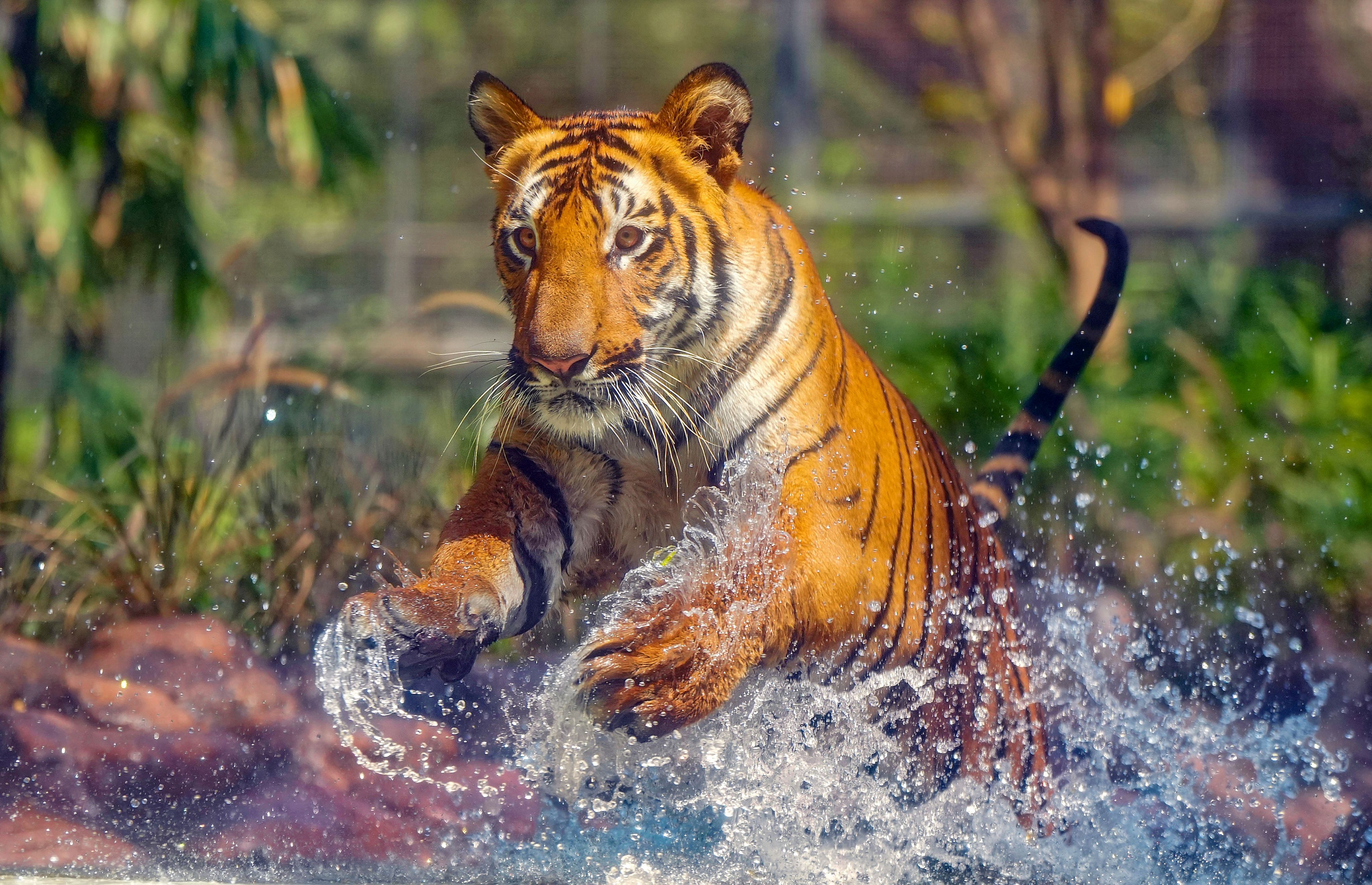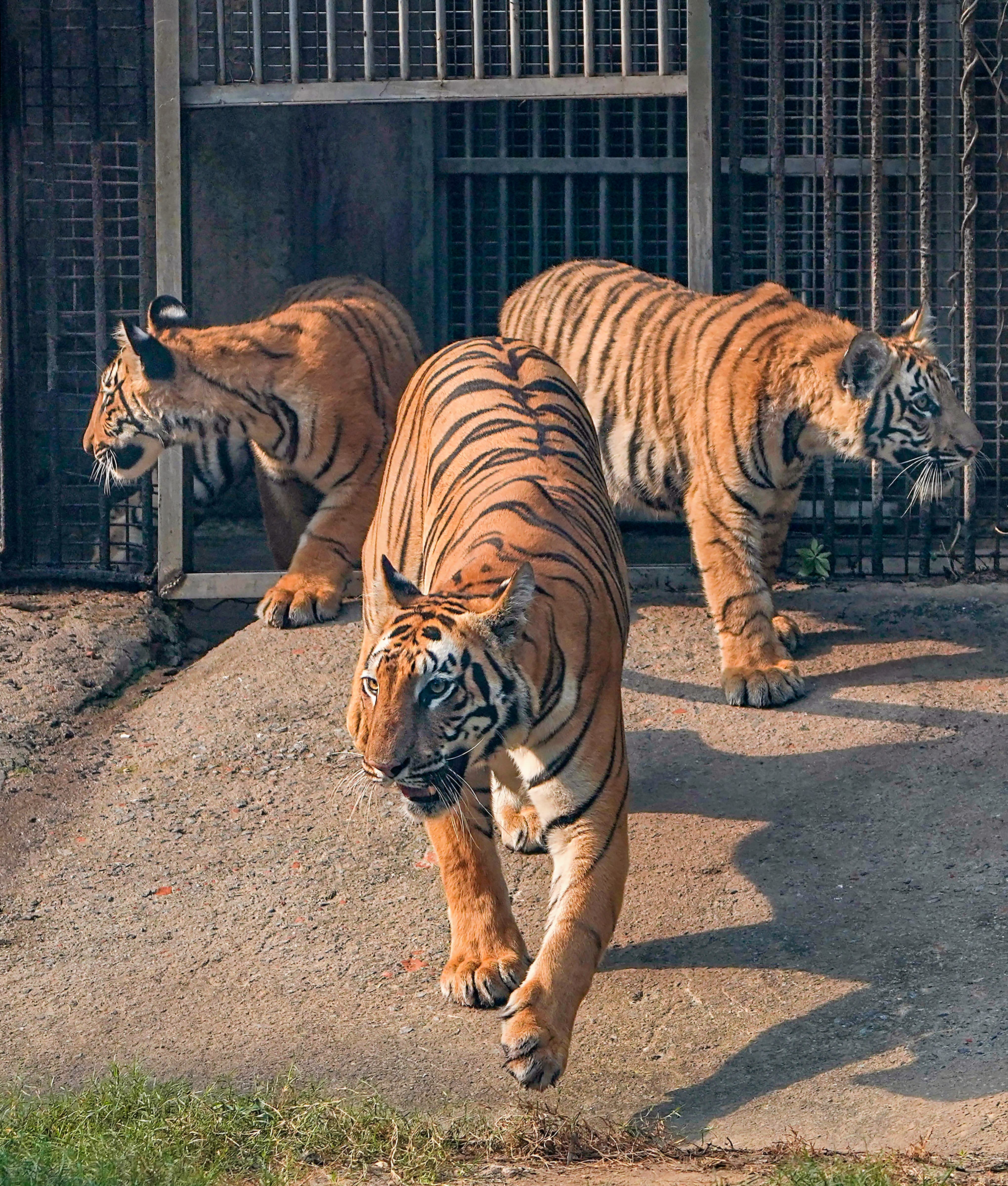On the wild
side of zoos
Unscientific design, insufficient staff and poor maintenance have called into question the purpose of permitting zoological parks today

Lonesome
Hubballi: In Kalaburagi mini zoo, a sambar deer has spent the last four years without a companion. Life for the stag has been lonely despite strict rules from the Central Zoo Authority (CZA) that mandate no animal be kept in the confines of a zoological park for more than six months without a companion. Officials are trying to find a “match” for the stag. However, the zoo’s poor financial condition and lack of human resources have meant that no one is willing to send a female deer here. Spread over six acres of land at the heart of Kalaburagi city, the zoo has nearly 82 animals and birds. The daily entry fee collection of Rs 2,000 to Rs 3,000 is insufficient to cover food costs for the animals and the salaries of
the zoo’s 10 staff members.
“There has been a proposal to shift the zoo to Madbol village for the last 10 years. However, due to lack of funds, the zoo is still functioning on land leased from the city corporation,” says Ramesh G Ganiger, the zoo range officer. Even the Sri Chamarajendra Zoological Gardens, Mysuru, one of the best zoos in India and the oldest in Karnataka, houses lonely animals and has overcrowded herbivore enclosures. The Kalaburagi and Mysuru zoos are examples that illustrate the status of a majority of zoological parks in India. Most are plagued by a shortage of funds, a lack of staff to monitor the hygiene of the premises and overcrowded enclosures and stressed-out animals.
As per the CZA, there were 57,220 animals belonging to 567 species in zoos across India, as of 2018. Of them, 25% were Schedule I and II species (endangered species which are afforded high protection respectively), 43% were covered under Schedule III and IV and 32% were exotic species.
The CZA has recognised 155 zoos in India under the Wildlife (Protection) Act, 1972. Out of these, 18 are classified as large zoos, 24 as medium, 41 as small and 58 under the category of mini zoos.
The zoo authority defines these as establishments, whether stationary or mobile, as places where captive animals are kept for exhibition to the public. The CZA has also recognised 13 rescue centres and a circus.
Gayatri, an 87-year-old zoo elephant is a resident at the Bannerghatta Biological Park in Bengaluru. With her advanced age, she faces many problems that most senior citizens face. Her eyesight fails her and her hearing is not what it used to be yet, she looks forward to a romp in the forest at night. Once a captive elephant, Gayatri now has a new shot at life thanks to a one-of-a-kind initiative for 24 elephants at the park. #karnataka #elephant #bannerghattabiologicalpark
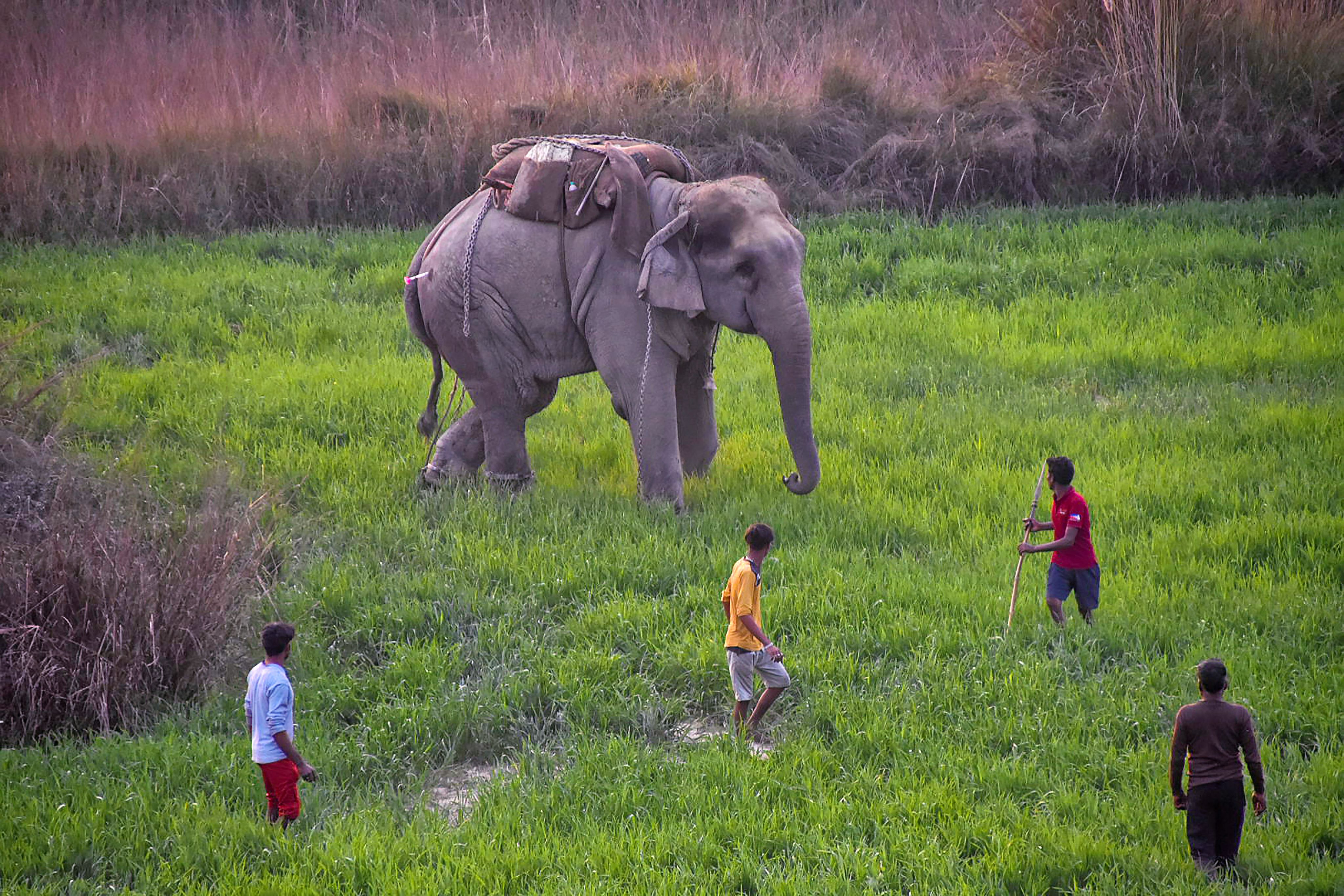
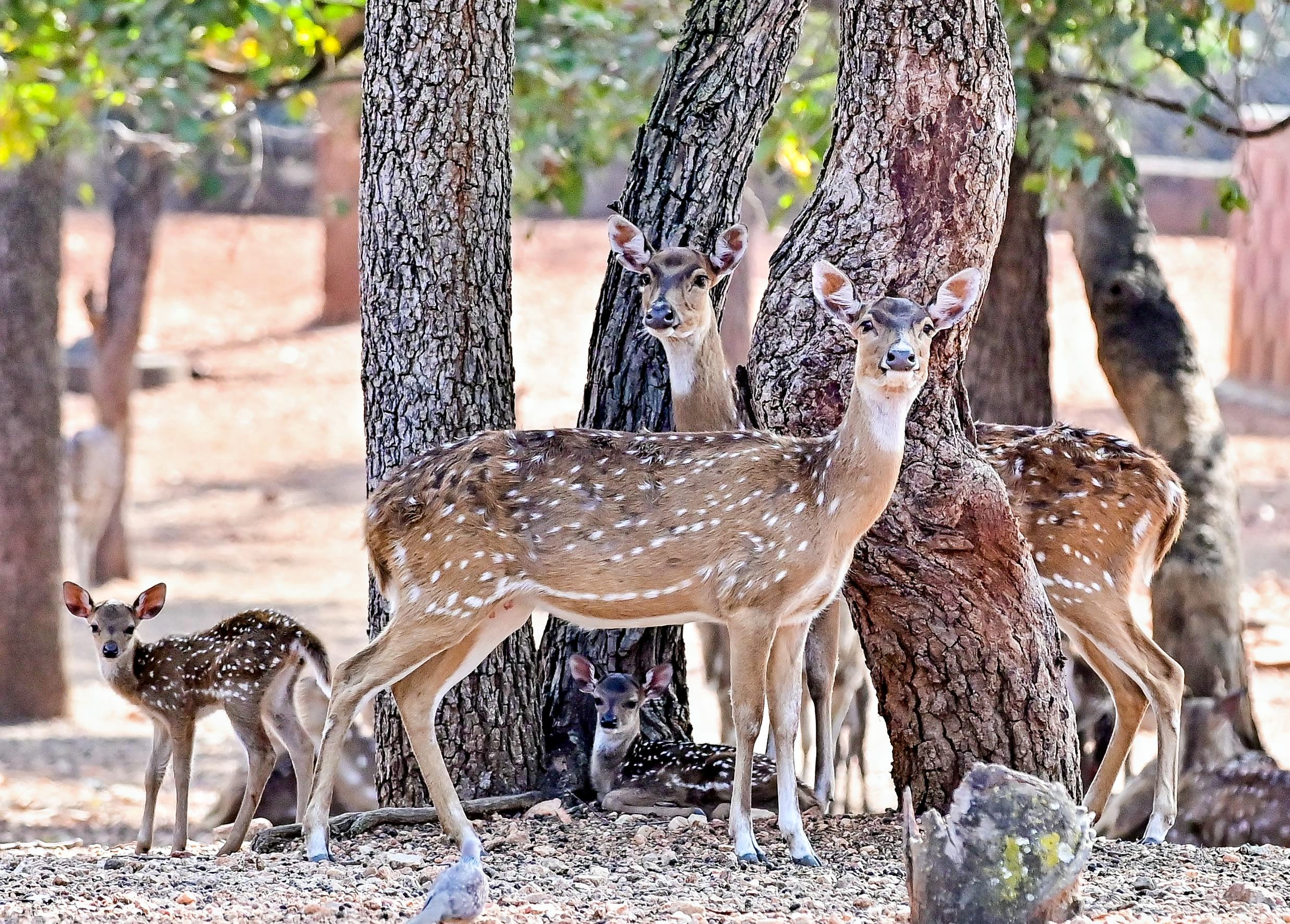
Karnataka has the highest number of zoos in India with three large, two small and eight mini zoos along with a rescue centre. Internationally, conservationists have accepted four major objectives for zoos and captive animal breeding centres.
The objectives include conservation, with zoos acting as gene banks to assist with the survival of wild populations. Zoos must also assist with research on animals that cannot be studied in the wild. They should create awareness about the animals and the need to conserve them and entertain the masses.
Critics of zoos say, given the poor funding of zoos, lack of human resources, overcrowding and poor living conditions for animals, the spaces do not serve these purposes.
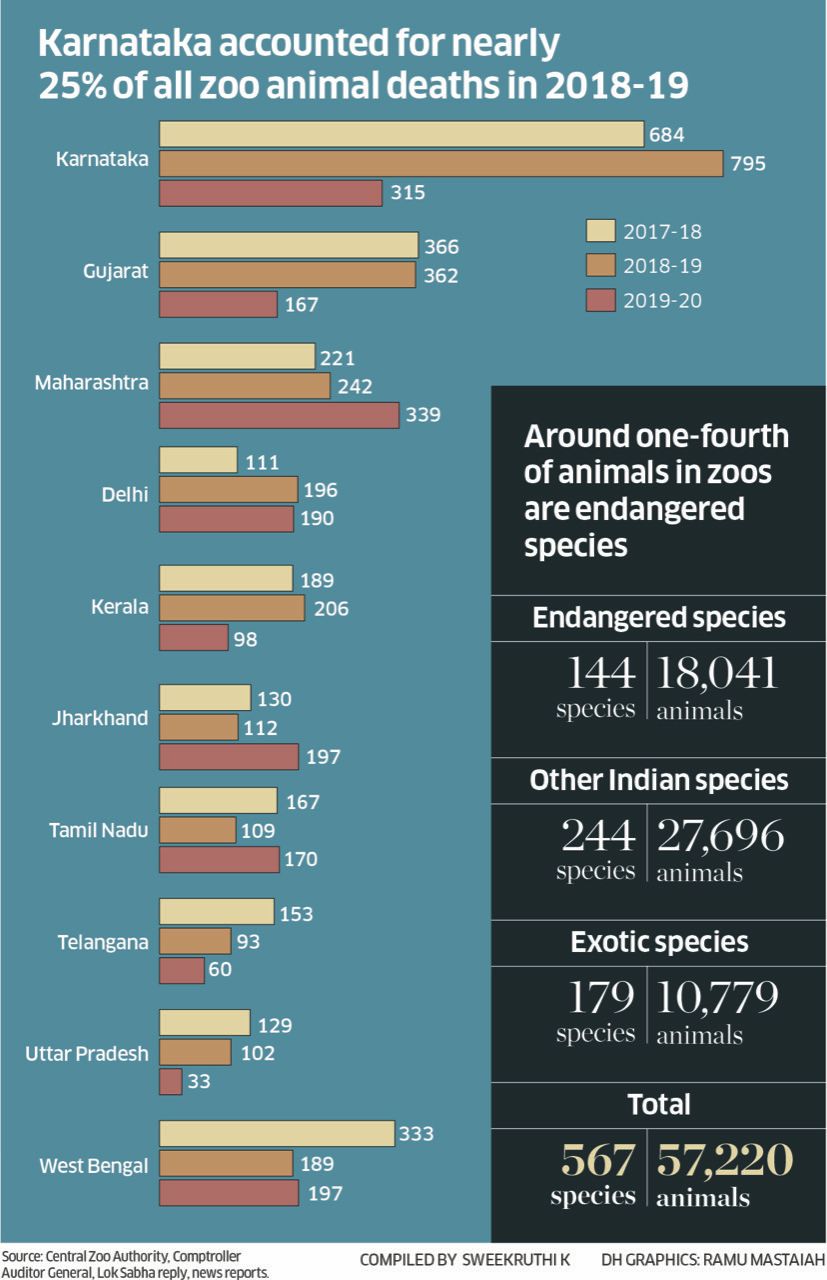
Retired forest officials and researchers say, barring a few large and famous zoos, the majority do not pass muster. They score Indian zoological parks two out of ten based on the living conditions of animals, companionship, cleanliness, healthcare, waste disposal and the quality of food.

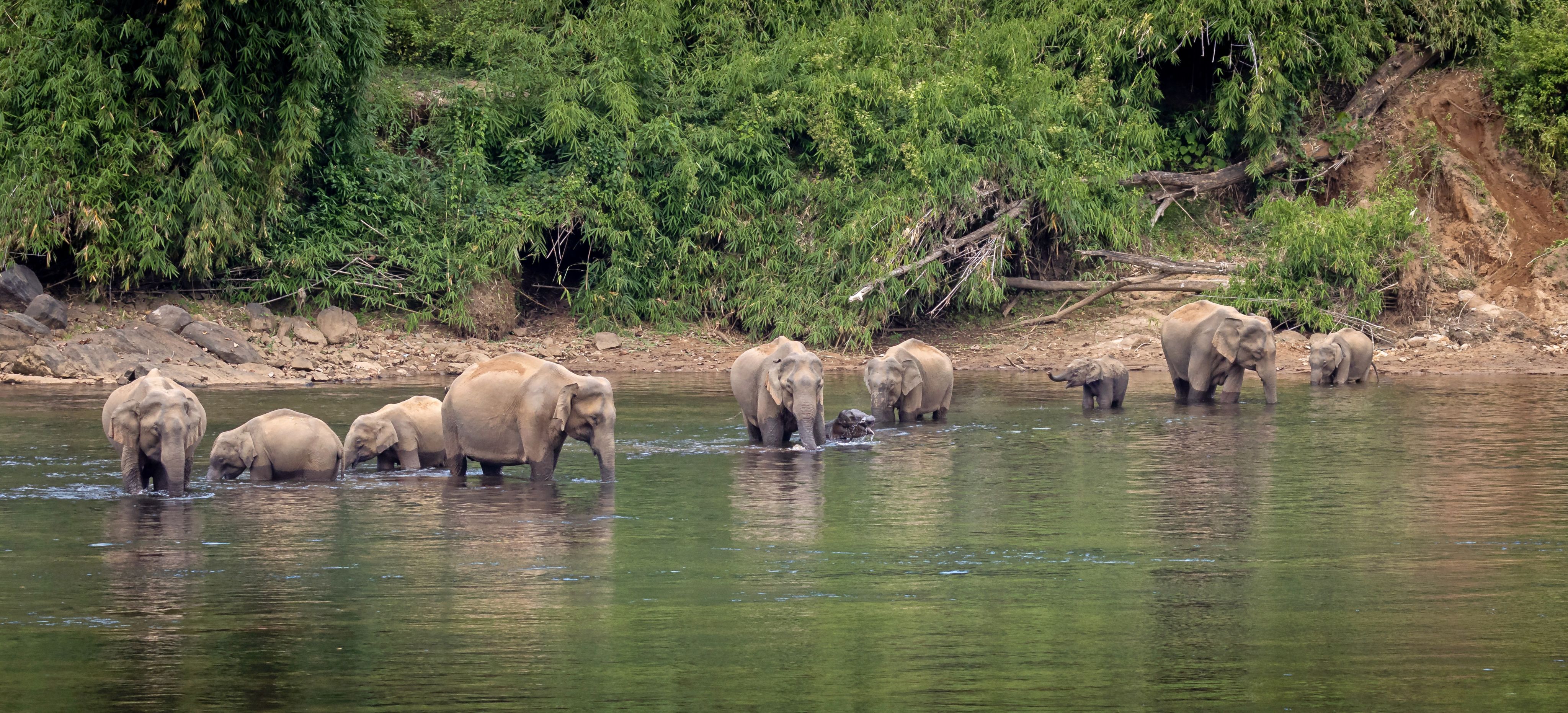
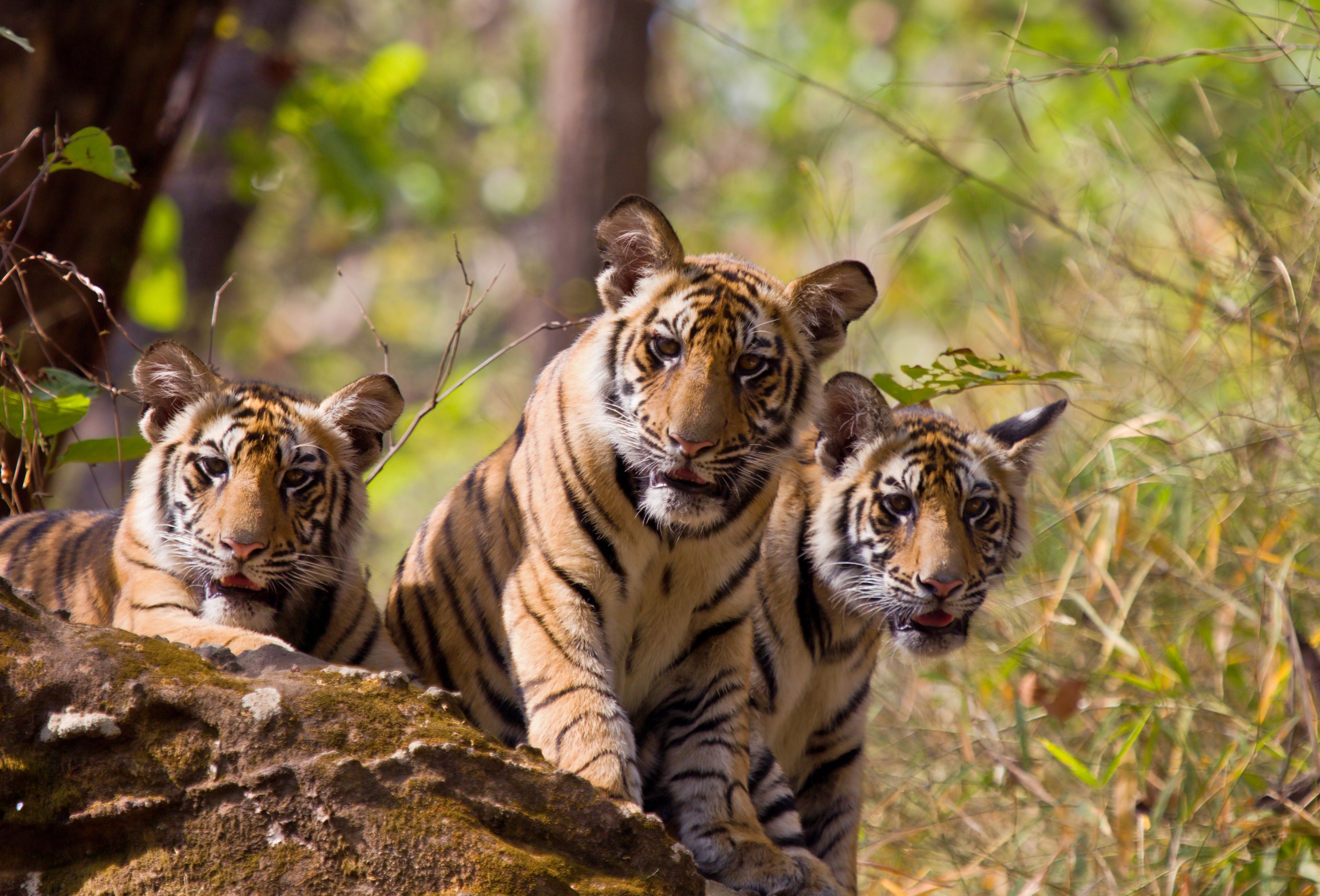
A silver lining?
Over the last decade or so, there has been marked improvement in the infrastructure, upkeep of animals, healthcare, food supply and implementation of the master plans, explains B K Singh, former principal chief conservator of forest, Karnataka and one of the evaluators for a CZA report titled ‘Management Effectiveness Evaluation (MEE) for Zoos in India 2022’.
Some fodder
for thought
“A majority of the zoos in India lack adequate human resources, especially trained zoo keepers, even biologists and veterinary doctors. Most states do not have permanent personnel to man these positions. These are recruited on daily wages and sometimes on deputation from the animal husbandry department. Many zoos have to go a long way in procuring animals, needed for maintaining sex ratio and behaviour in a group, from sister zoos,” he says.
Green fodder for herbivores is often an issue as most zoos do not have an arrangement for growing it. “Mutton for carnivores sometimes comes from long distances and requires more strict vigil,” he adds.
Staffing
“Getting companions for certain exotic species is difficult. We are holding talks with zoos across the world to find companions for solo individuals. Similarly, under the prey augmentation programme, we are soft-releasing excess herbivores into natural habitats to address the issue of prey shortage for predators. This will limit human-animal conflict,” he says.
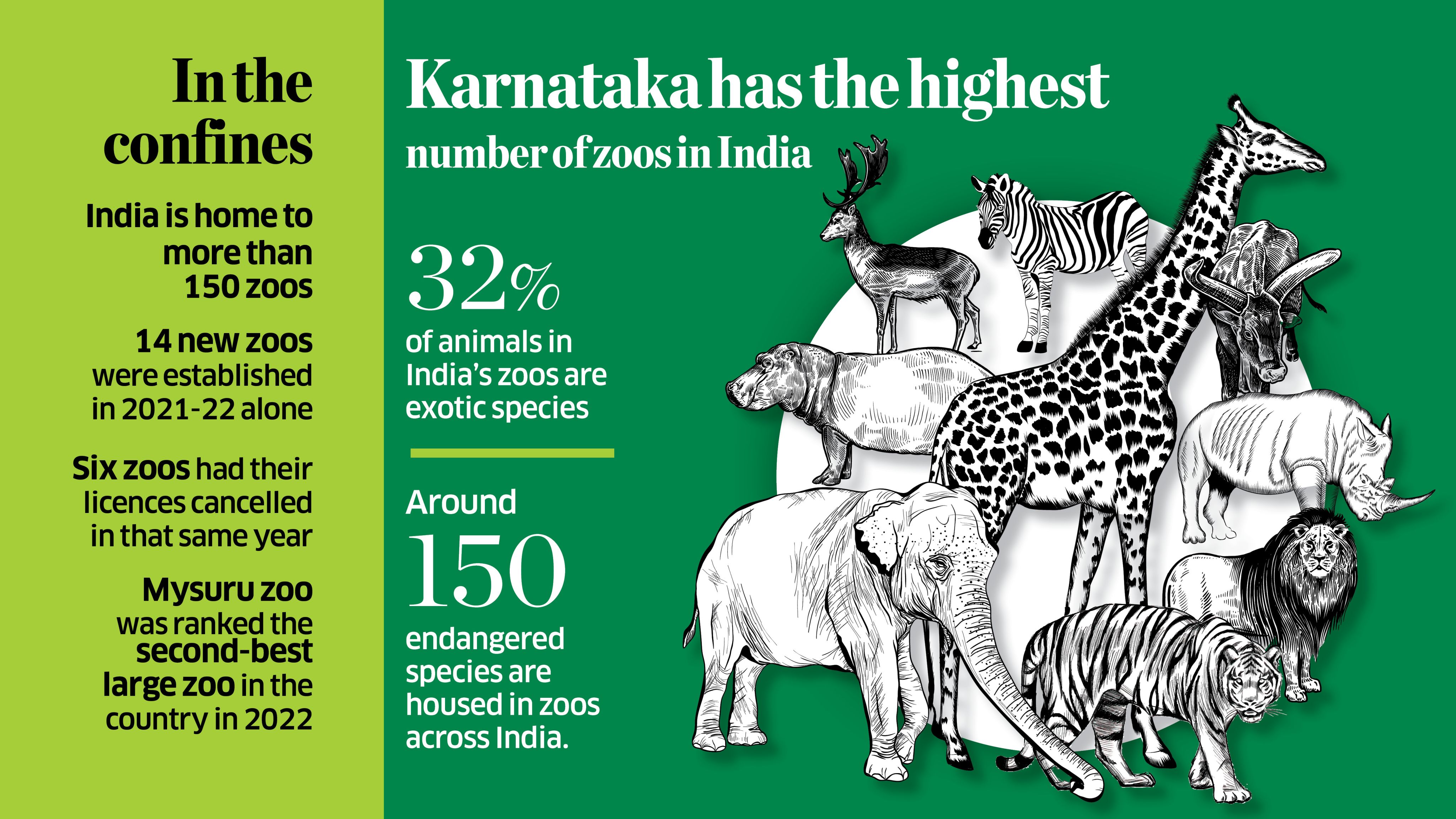

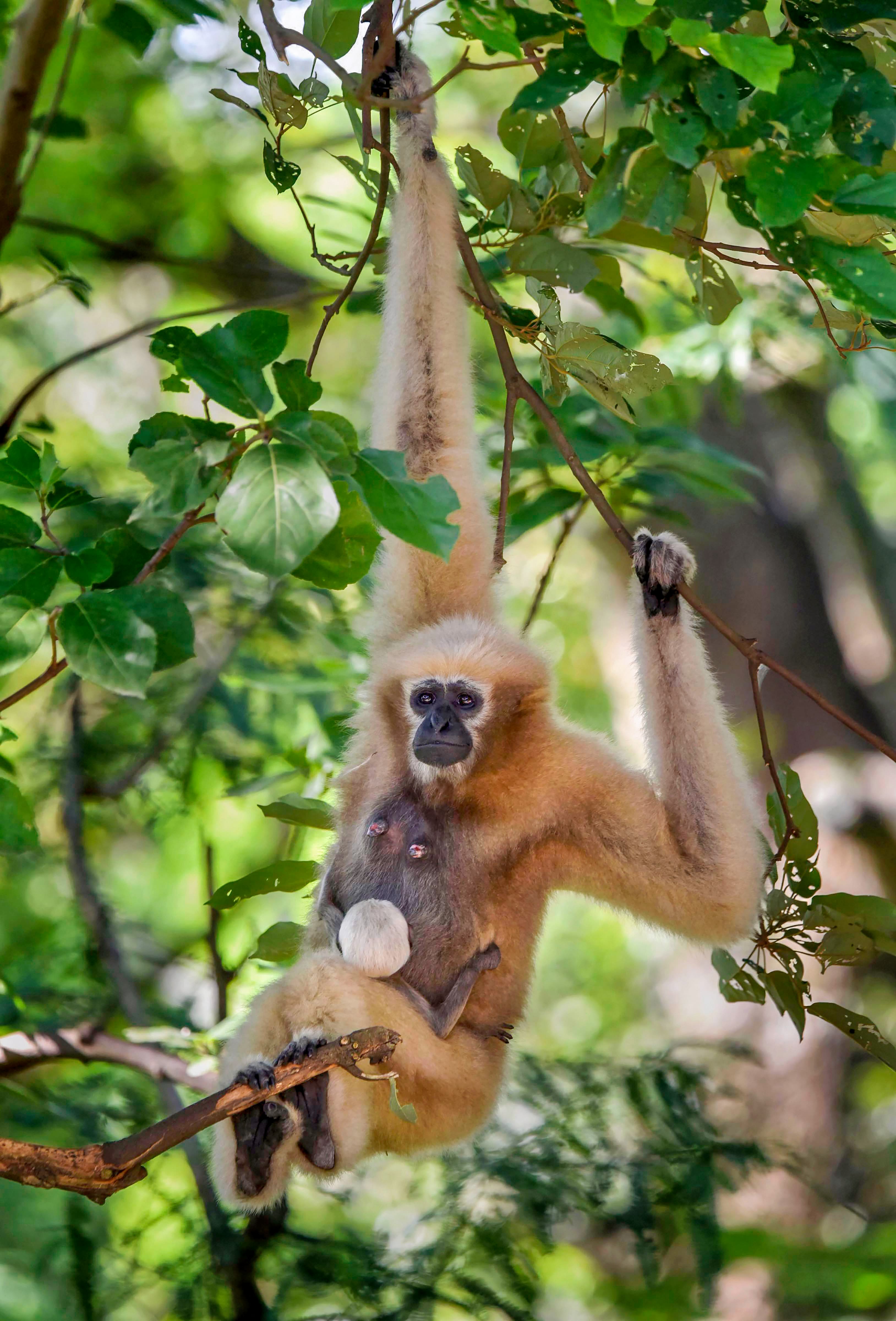
Nature education
Bittu Sahgal, editor of Sanctuary Asia and founder of the Sanctuary Nature Foundation, Mumbai, questions why zoos have to exist to serve as entertainment for humans today.
"Nature documentaries are now accessible to most people and there is little ‘nature education’ or ‘nature conservation’ value derived from looking at animals that are incarcerated."
On the contrary, most zoos send the wrong message to children, indicating that humans need to put wild animals behind cages because they are dangerous, he adds.
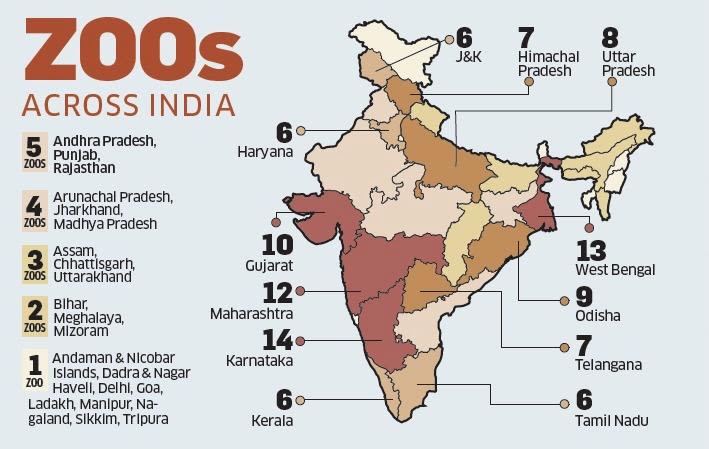
Some objectives accepted by conservationists
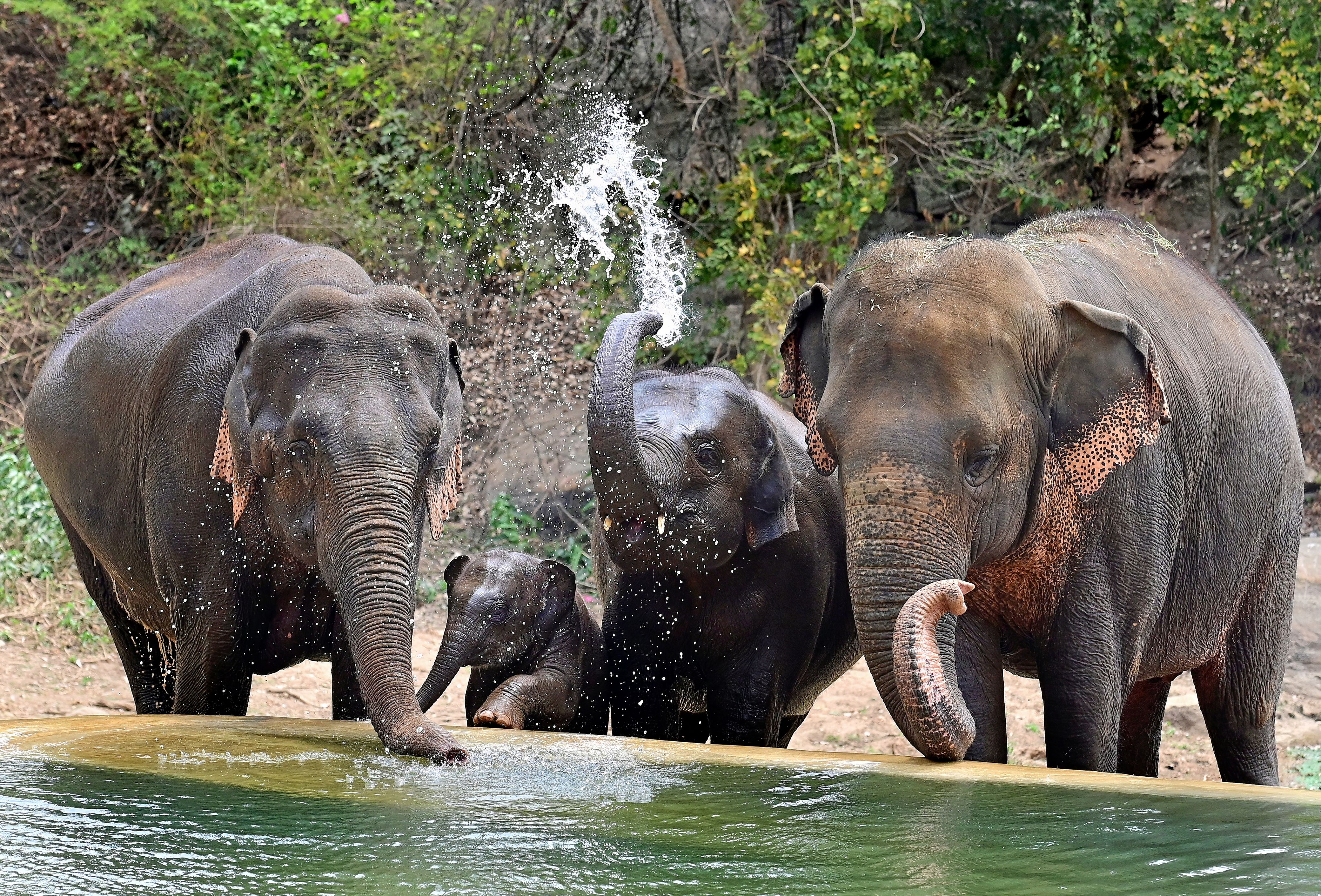
Awareness drives
Create awareness about the animals and the need to conserve them and entertain the masses.
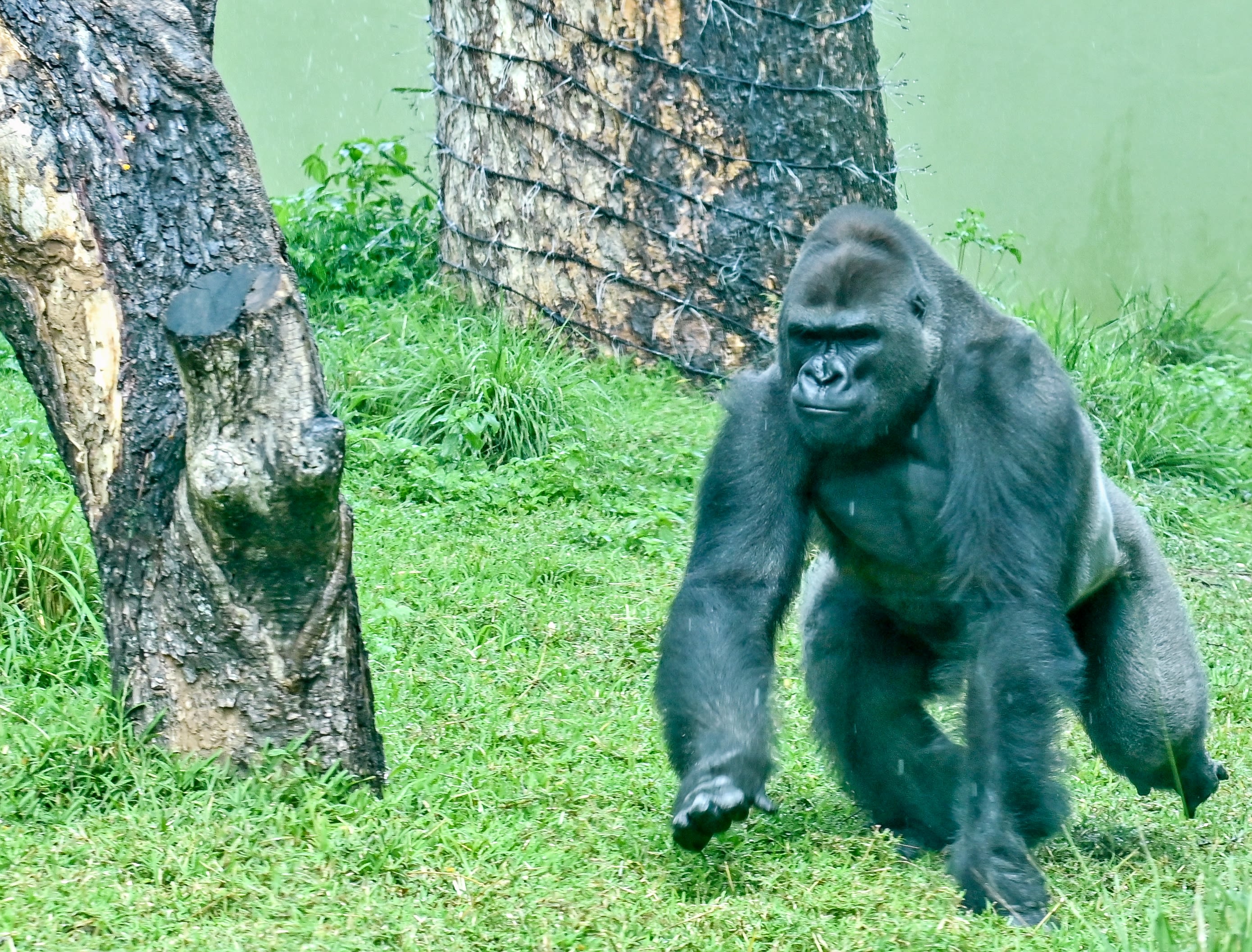
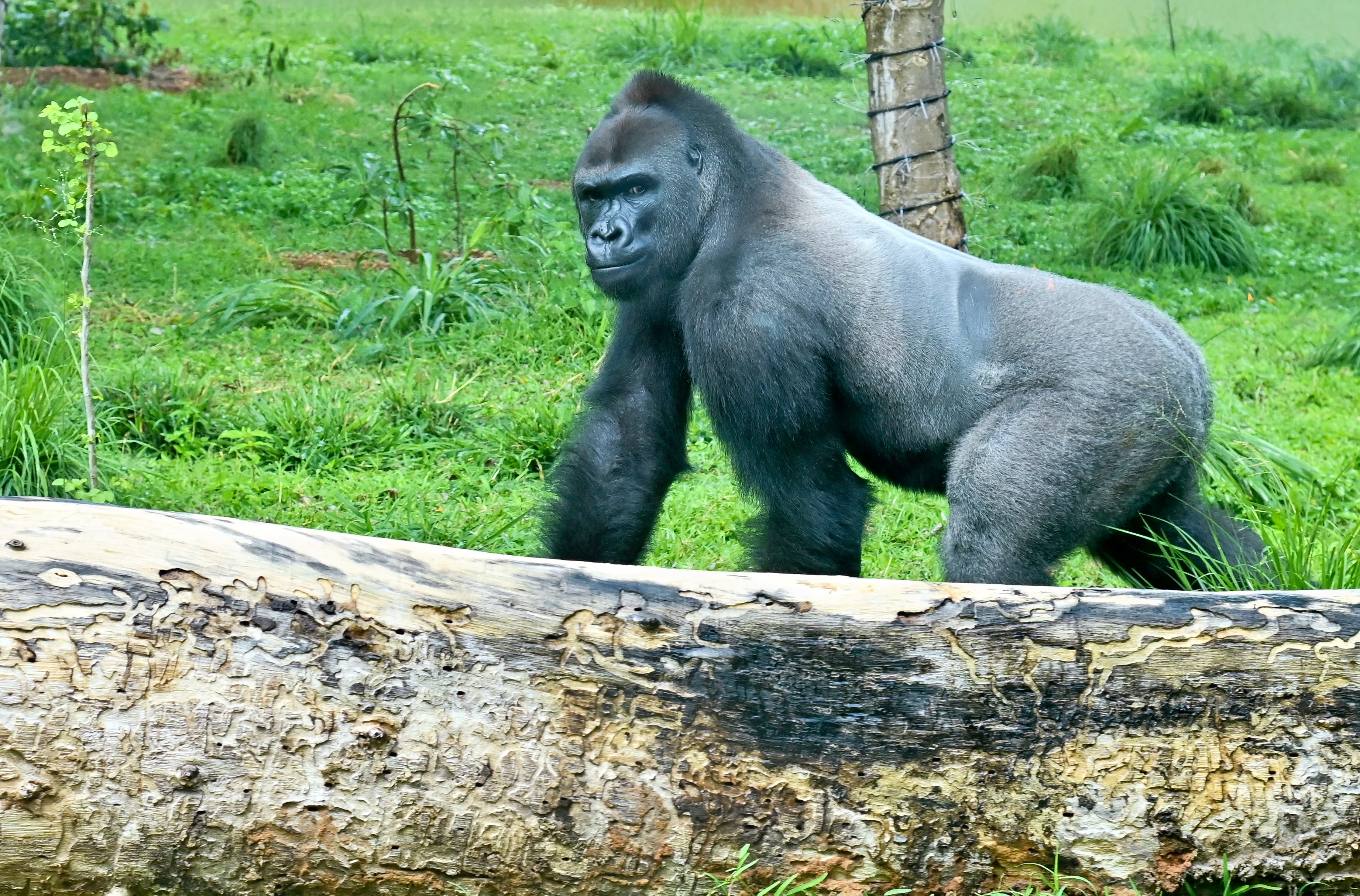

“Children need to feel awe, wonder and curiosity about the natural world, not fear! Such feelings are best fostered by seeking experiences in any national park and sanctuary in India. This is easier now than ever before. Nature trails are also possible in urban open spaces, sea shores, and the many hidden wild spaces that dot our towns and cities,” he says.
However, the ex-situ breeding of endangered species (by professional biologists and veterinarians) for reintroduction into the wild is vital. He says that far too much money is squandered on zoos-as-entertainment and too little on the protection and expansion of natural forests and the corridors that connect them.
Given the unscientific design of most zoos, experts say, they do not even provide entertainment to visitors. Earlier, these enclosures were built using rocks and designed to look like dens to make animals feel more comfortable.
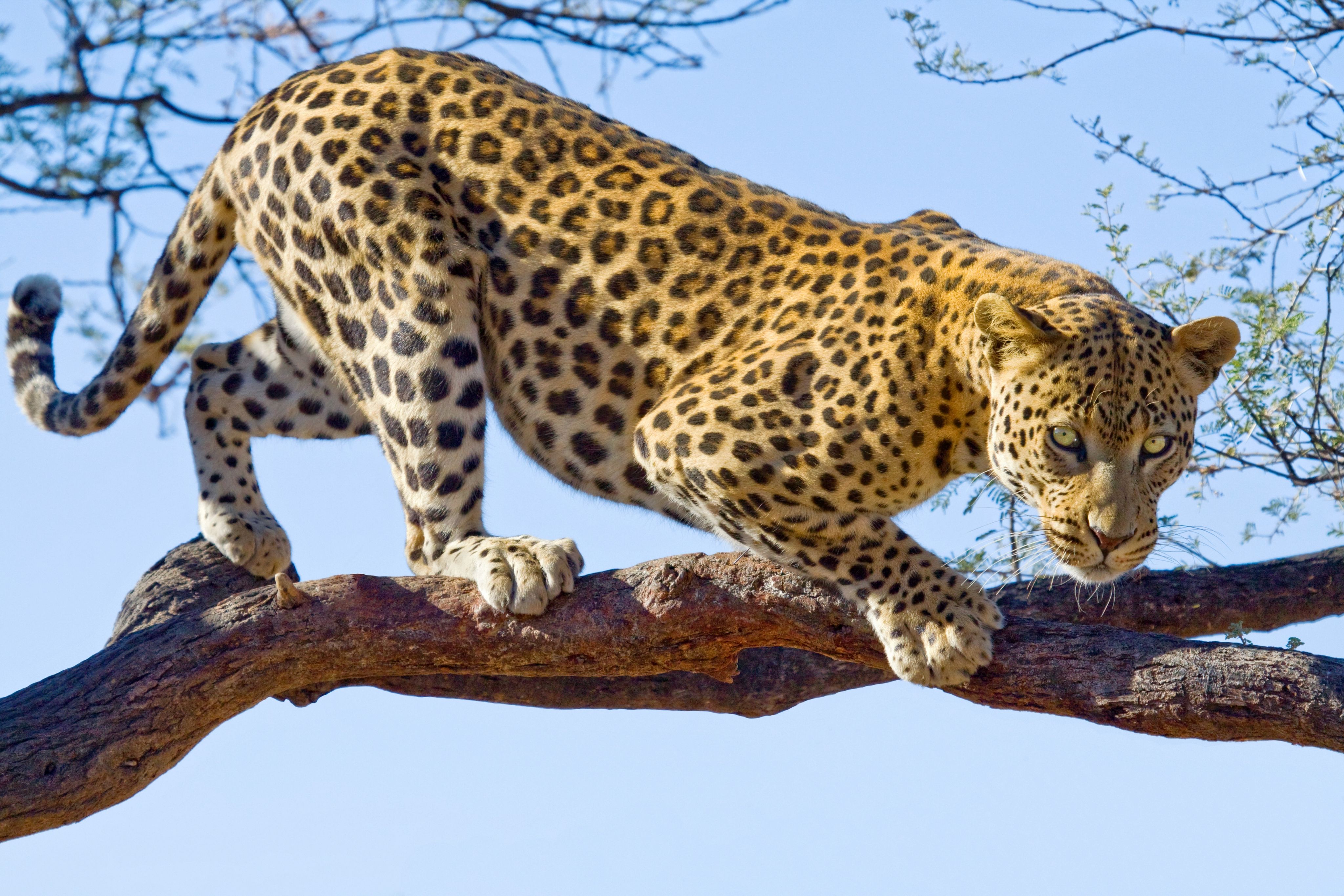

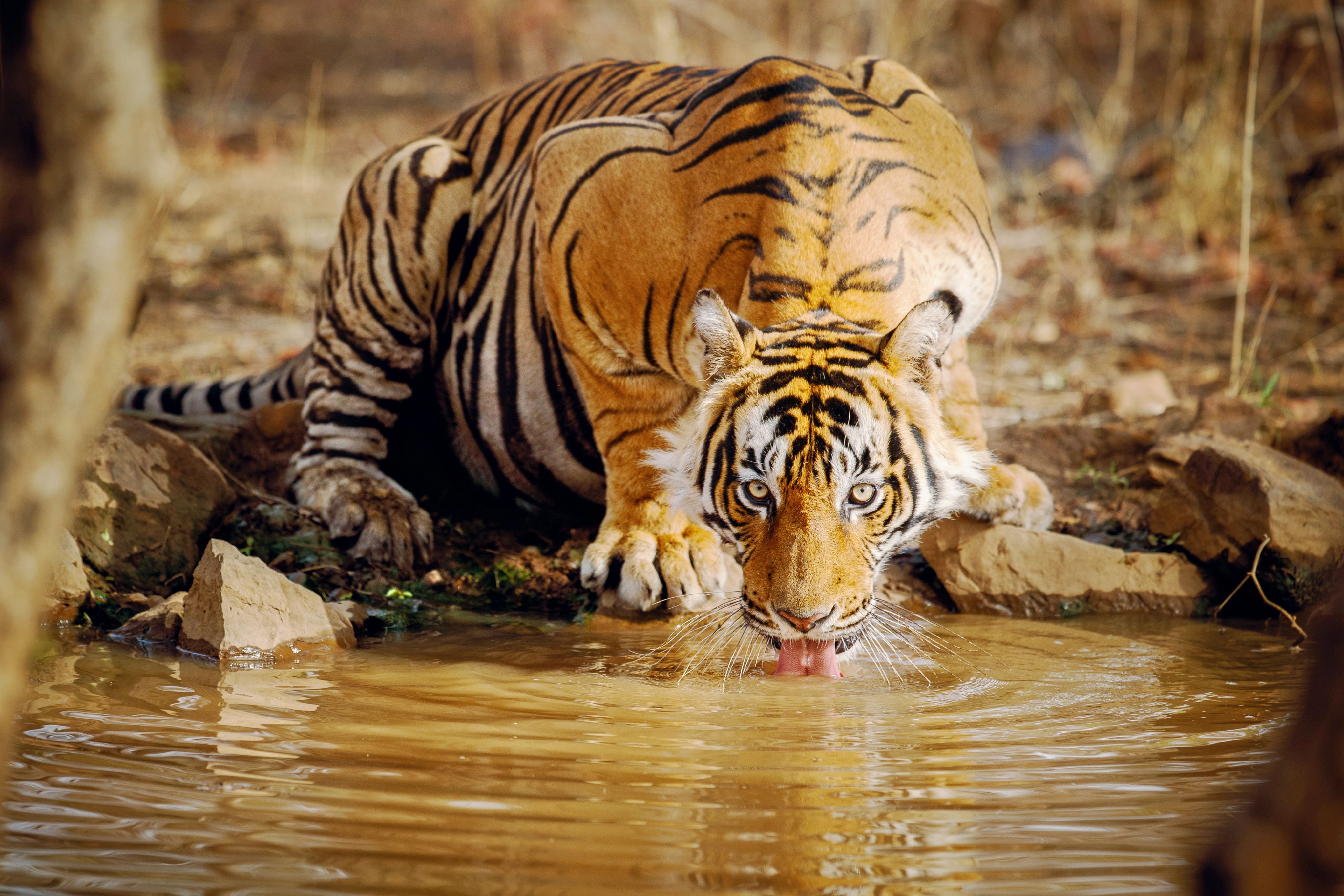
Make it experiential
Ravi Chellam, wildlife biologist and CEO, Metastring Foundation, Bengaluru, says Indian zoos have to improve a great deal to achieve their conservation goals. This can be done by providing better experiences to sensitise and educate visitors.
“Currently, very few zoos in India have programmes and the required human resources to orient visitors regarding animals in captivity, especially about their ecology and conservation status. There is hardly anyone to monitor and positively influence the behaviour of visitors towards the animals on display,” he says.
He also questions the need for setting up rescue centres within or adjacent to protected areas. “What is the need for human intervention in a natural selection process? Wild animals are bound to sustain injuries or get killed in territorial fights,” he says.
“What is the need for human intervention in a natural selection process? Wild animals are bound to sustain injuries or get killed in territorial fights,”
Rewilding
CZA has a different point of view. On the website, the authority says: “the initial purpose of zoos was entertainment. Over the decades zoos have transformed into centres for wildlife conservation and environment education...on the other hand, it must be remembered that many of these animals would not have survived without zoos. Many zoos in the country take care of sick, injured and infirm wild animals rescued from their wild habitats.”
The Madras Crocodile Bank Trust (MCBT), one of the largest reptile zoos in the world, is a success story in conservation. The MCBT was crucial to increasing crocodile conservation that was on the brink of extinction due to poaching
and destruction of habitat.
Zai Whitaker, the co-founder of MCBT, says the zoo was created with the intention of breeding and rewilding the crocodiles. Till the 1970s, MCBT released several crocodiles into wild habitats. “Now, we are unable to release crocodiles into their natural habitat as there is resistance from humans despite us trying to explain to them the advantage of having
predators in the river,” she says.
CZA has identified 74 species of indigenous fauna for focused conservation breeding, which includes 24 species of birds, 46 species of mammals, three species of reptiles and one amphibian. CZA has identified 42 zoos for this purpose.
However, conservationists question the feasibility of reintroducing wild animals, especially larger mammals such as tigers, leopards and elephants.
Comparatively, reptiles have a better chance of survival in the wild. “Animals such as lion, tiger, leopard and elephants, if bred in captivity, can never be released into the wild as they lack the survival skills. Secondly, as these animals grow under the care of humans, there would be ‘human imprinting’ on them. Captive-bred animals may not fear humans and can enter human habitations next to their release sites. This bold behaviour can stress people out, giving rise to acute human-wildlife conflict. We cannot reintroduce wild animals into their natural habitats unless they are oriented with wildlife skills, with minimal exposure to humans,” says Anish Andheria, CEO of Wildlife Conservation Trust, Mumbai.
“Dedicated captive breeding centres where near natural conditions are maintained, with hardly any contact with humans, are the best solutions for rehabilitating and reintroducing large mammals into the wild,” he adds.
Anish also highlights that, in an overwhelming majority of zoos, animals are under stress or trauma. “Most wild animals cannot adjust to forced confinement. They invariably develop zoochosis, which comprises abnormal and repetitive actions such as constant pacing from one side to another, swaying from side to side, head-bobbing, bar-biting, tail-biting, high levels of grooming or licking. If a predator’s enclosure is near a prey’s cell, then the prey will always live in anxiety,” he says.
Studies have also shown that human presence increases stress levels in captive animals. Research conducted during the Covid lockdown in 2020, when visitors were not allowed at Delhi’s zoo, found that captive animals were more relaxed. Food consumption increased and animals were observed to show more interest in natural activities.
Keeping a watch
Shukla says the CZA continues to monitor the performance of zoos across the country and suspends licenses if they fail to maintain the minimum requirements.
“Currently, there is no business model for zoos so that they can become self-sustaining. A majority of zoos do not get any additional funds from state governments. Human resources, including educators, curators and veterinarians are not regular staff at such spaces. This is hampering
their functioning,” he says.
Shukla also clarifies that there is no rule to bar private players from starting zoos. “All they need to do is fulfil certain criteria mandated by the government,” he says.
Written by Pavan Kumar H
Production by Shobhana Sachidanand
Images via DH Photos/PTI/Reuters/iStock/Unsplash. Illustrration: Deepak Harichandan
(We’d love to hear from you! Please feel free to reach out to us on webdesk@deccanherald.co.in with comments and suggestions.)

